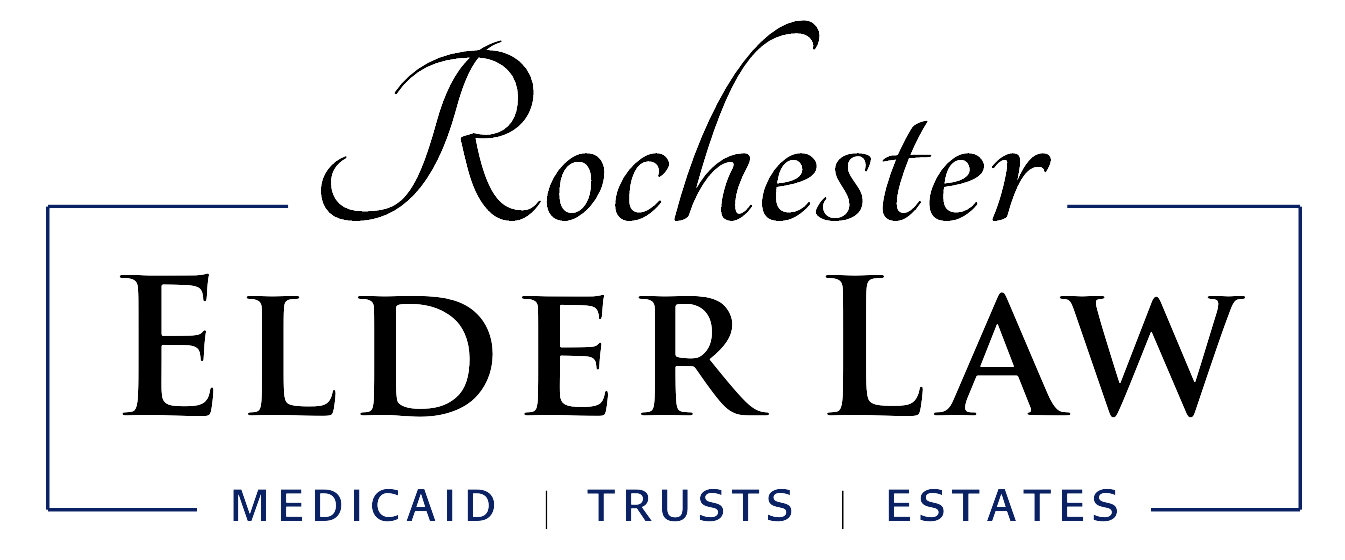Elder Law Resources
How to Choose a Medigap Policy
8/13/2009
Last Updated: 2/25/2009
Once you become eligible for Medicare, you will be inundated with offers from insurance companies for Medigap (supplemental insurance) policies. Sorting through these offers can be confusing. Not only are there nine standardized plans, but there can be huge differences in premiums between companies.
Medicare plans A and B cover only a portion of medical costs. Medigap policies are designed to fill in the "gaps" in coverage. The government created 12 standardized plans (Plans A through L), but Plans H, I, and J, which include prescription drug coverage, are not available to new buyers.
The first step is to figure out what coverage you will need. For information about what each plan covers, click here. Medicare also publishes a guide to Choosing a Medigap Policy
that explains the differences in plan coverage. The following are some other things to consider when looking at plans:
- Plans in Massachusetts, Minnesota, and Wisconsin have some extra options, so if you live in those states, check with the state department of insurance to find out the differences.
- If you regularly see doctors who charge above what Medicare pays, Plans F or G, which cover excess charges, may be the right plan for you.
- If you regularly travel outside the United States, Plans C, D, E, F, and G, include coverage for this.
- If you have a chronic condition with high medical bills, Plan K or L may work best. Both pay only a portion of covered expenses, but have a yearly out-of-pocket cap on medical expenses. Once you reach the cap, the policy pays 100 percent of all further medical services.
Once you've decided what type of coverage you need, the next step is to decide which company to buy from. To find a list of companies that sell plans in your state, go to Medicare Options Compare.
Each plan covers the same medical services, but premiums can vary significantly from company to company. The companies use three different methods to set premiums: attained age, issue age, or community.
- Attained-age policies set the premium based on your age, so the premium automatically increases as you get older. Before buying an attained age policy, check with the insurance company to get the premium costs for the next age increments, so you'll know the level of increases to expect each year.
- Issue-age policies set the premium at the age you first buy the policy. The premium will never be higher than the amount the company is charging new buyers at the same age. For example, suppose you buy the policy at age 65. In five years, the premium will be the amount the company is charging new 65-year-old buyers. While your premiums may increase, the increases may not be large because the company will keep premiums lower to attract new buyers.
- Community policies charge the same price to everyone in your area regardless of your age. The premiums go up only when the insurance company raises premiums on all policies of the same type. These increases are regulated by state insurance departments.
While the premiums on an attained-age policy may be lower at first, it is generally better to buy an issue-age or community policy, which may be more expensive at first but doesn't increase as much over time.
Following are some other things to keep in mind when choosing a policy:
- Look for a company that has arranged to file Medigap claims automatically. Companies that offer automatic filing of claims with Medicare can save time and effort.
- It is a good idea to purchase from a financially sound company. Make certain that the insurer is rated in the top two categories by one of the services that rates insurance companies, such as A.M. Best or Weiss.
- Contact your state insurance department to find out if the insurance company has any complaints filed against it.
For more information about Medigap, click here.

Centrally Located in Brighton
near Cobbs Hill:
1399 Monroe Avenue,
Rochester, NY 14618
Map & Directions
Weekly News & Updates
Subscribe now and get our FREE Guide, "The Top Eight Mistakes People Make with Medicaid Qualification"
Rochester Elder Law
All Rights Reserved
Legal Disclaimer: We have organized and prepared this website to provide general information about our firm. Content is subject to change without notice. The material presented here is not legal advice and is not to be acted on as such. You should consult an attorney for advice regarding your individual situation. We invite you to contact us and welcome your calls, letters and electronic mail. Viewing this web site or contacting us does not create an attorney-client relationship. Please do not send any confidential information to us until such time as an attorney-client relationship has been established. This site may contain attorney advertising. However, prior results do not guarantee a similar outcome.






